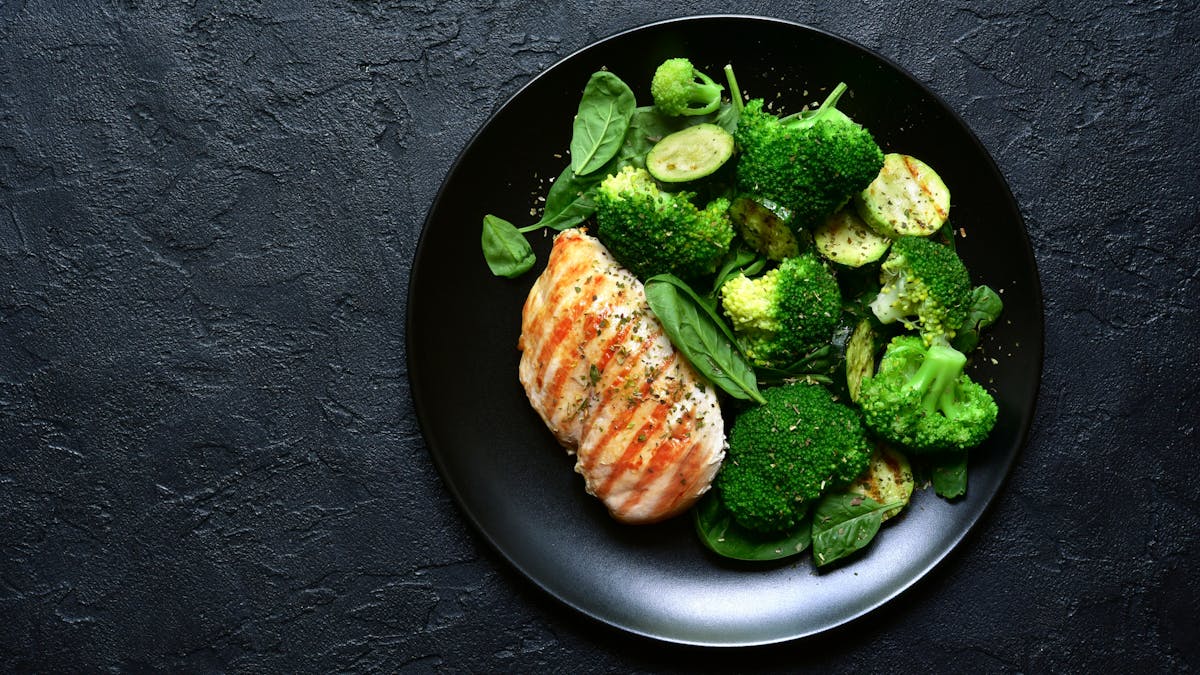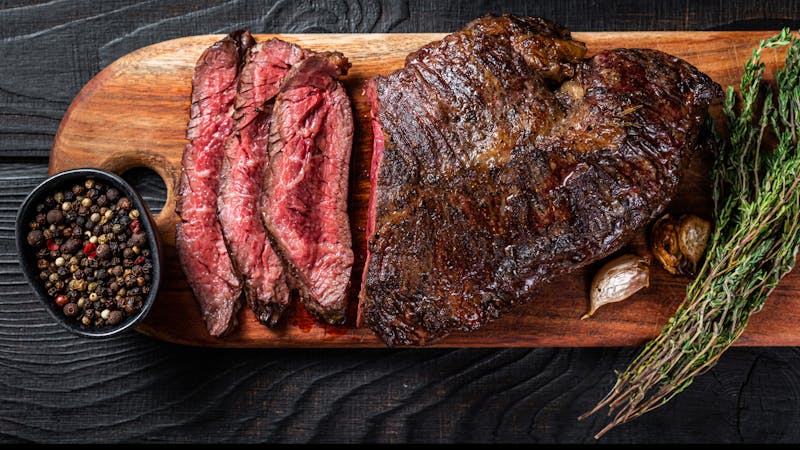The science of energy density and satiety
Evidence based
Eating more foods with a lower energy density could be one key to improving your satiety level — meaning your ability to eat fewer calories with minimal hunger. And eating fewer calories with minimal hunger can be a key to achieving healthy weight loss and improved body composition.
But focusing on energy density alone may not be a complete solution for hunger and healthy weight loss. So, what do we really mean when we say eating foods with a lower energy density helps improve satiety?
We use the term “satiety” to mean the comfortably full feeling you get when you aren’t hungry or seeking more food. In this sense, satiety encompasses three types of satisfaction:
- short-term satiation: the feeling of wanting to stop eating during a meal
- medium-term satiety: feeling satisfied between meals
- longer-term satiety: reduced hunger levels over weeks and months


As we detail in our guides on satiety and our satiety score, an effective way to succeed with healthy weight loss is to focus on food with:
- higher protein percentage
- lower energy density
- higher fiber content
- lower hedonic factors
This guide explains the science that supports lower energy density as a key player and details how eating foods with a lower energy density could improve satiety— at least in the short term.
What is energy density?
Energy density refers to how many calories a food has per gram or ounce. Foods with high energy density have lots of calories packed into a given weight of food. Foods with low energy density offer few calories in the same weight of food.
For example, potato chips, donuts, and oils have high energy density. You don’t have to consume many grams or ounces of these foods to get a lot of calories.
Asparagus and broccoli have low energy density. It takes a large amount to provide a lot of calories. When you eat a lot of asparagus and broccoli, you’ll fill up your stomach and get plenty of nutrients without ingesting many calories.
Foods with low energy density tend to have more water, more fiber, and less fat.
Examples include:
- leafy green vegetables such as spinach, chard, lettuce, and kale
- fibrous vegetables such as zucchini, asparagus, cabbage, cauliflower, and broccoli
- fruits and berries
- egg whites
- soy and other legumes such as beans, peas, and lentils
- low fat dairy such as Greek yogurt and cottage cheese
- lean meat, fish, seafood, and chicken
Foods with high energy density tend to have low levels of water and fiber and more fat.
Examples include
- ultra-processed foods such as fries, chips, and cookies
- all oils, including coconut, safflower, and olive oil
- most nuts, including pecans, brazil nuts, walnuts, cashews, almonds, and nut butters
- butter
- processed meats like bacon, pepperoni, and salami
- high fat cheeses such as Gruyere, Swiss, and blue cheese
Multiple studies report that lower-energy-density diets correlate with improved satiety and weight loss compared to higher-energy-density diets.
The science supporting foods with a lower energy density
One study back in 1983 demonstrated that people who ate foods with a lower energy density ate half as many calories as those who ate foods with a higher energy density.
In truth, it may not matter. The slower pace of eating foods with a lower energy density happens naturally, without purposely trying to do it. Compare that to trying to eat a donut or bag of potato chips slowly. That’s hard to do!
Other mechanisms of lower-energy-density foods’ beneficial effects are reduced feelings of hunger and increased satiety. In the study discussed above, participants reported decreased cravings and greater control over eating.
Multiple randomized trials and observational studies support the idea that eating foods with a lower energy density reduces calorie intake despite higher food volume.
Foods with higher energy density also tend to be more palatable.
Energy density and ketogenic diets
Some experts question whether this research on energy density applies to all dietary patterns, regardless of the macronutrient composition.
One systematic review of studies that manipulated energy density found that eating foods with a lower energy density led to eating fewer calories.
Could ketogenic diets be the exception? Unfortunately, comparing a low-energy-density keto diet to a high-energy-density keto diet hasn’t been studied with trials of sufficient length to allow for adaptation and provide a reliable answer.
But long-term studies of ketogenic diets report reduced calorie intake and increased weight loss, despite allowing unrestricted amounts of butter, oils, high fat dairy, and other foods with high energy density.
Putting it all together
As we previously mentioned, we use satiety to encompass:
- short-term satiation: the feeling of wanting to stop eating during a meal
- medium-term satiety: feeling satisfied between meals
- longer-term satiety: reduced hunger levels over weeks and months
Eating low-energy-density foods may help with satiation and short-term satiety.
This hypothesis makes sense, practically. Eating a whole plate of spinach and asparagus may make you feel full fairly quickly (from the food volume and stomach expansion). But your calorie and protein intake would be deficient — factors that may drive hunger over the longer term. Once the food volume is out of your stomach, and the stretch receptors are no longer triggered, hunger may return.
But some studies suggest that as long as you continue to eat low-energy-density foods, you tend to eat less over time and lose weight.
So, although a specific characteristic of a food, like energy density, may help with satiety, combining low energy density with high protein percentage, high fiber, and low hedonic factors together is likely the best approach for long-term satiety and healthy weight loss.








